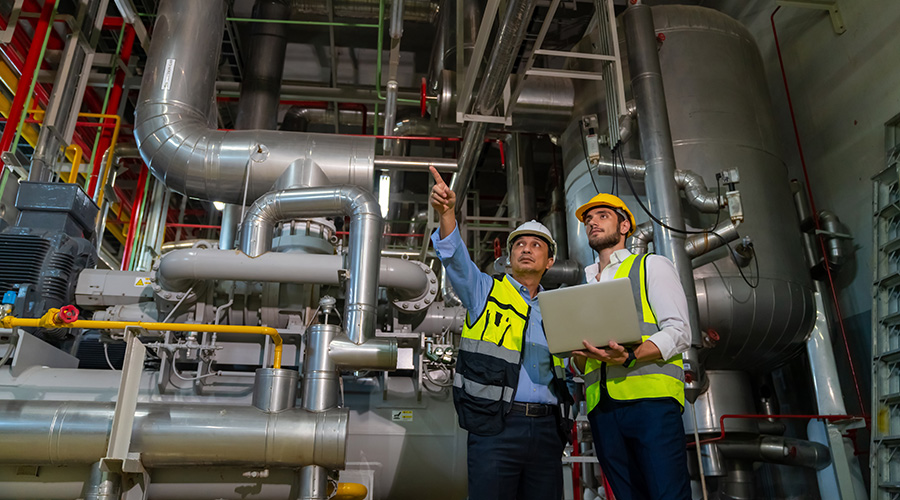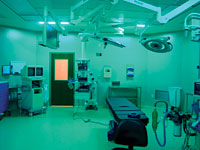view all Case Studies
Nonprofit Dramatically Cuts HVAC Energy Use, Saves $290,000 Annually in Energy Costs With New Software
Skyrocketing energy costs led the Burnham Institute to seek out energy conservation methods during a corporate energy efficiency initiative.
October 7, 2009 -
HVAC
Skyrocketing energy costs led the Burnham Institute to seek out energy conservation methods during a corporate energy efficiency initiative.
The nonprofit organization has grown over 30 years to occupy nine buildings, served by a central plant that totals 210,000 square feet of space, along with a separate facility (building 10) covering another 75,000 square feet.
The organization holds some of the world’s leading medical researchers in cancer, neurosciences, and infectious and inflammatory diseases. And as a research organization, it uses a tremendous amount of energy — more than $2 million was being spent annually on utility costs.
That led Burnham’s facility manager to look at the HVAC system. The goals laid out by the facility department were straightforward: save energy, lower costs, and become a better corporate citizen in San Diego. Dollars recovered could be pumped right back into medical research.
“I remembered seeing an article about technology called the ‘Hartman Loop’ in an industry HVAC publication several years ago,” says John M. Reed, maintenance supervisor.
The technology, patented and licensed by Tom Hartman, is now the backbone of Optimum Energy’s HVAC software, known as OptimumHVAC. The software is based on a law in physics called the Affinity Law, which states that the energy used is proportional to the cube of the speed of the motor. So reducing the speed by half reduces the energy used to 1/8th of full speed. The mathematical equations used by OptimumHVAC deliver the directions to the plant’s components, maximizing the Affinity Law’s efficiency opportunities.
The first step was to bring in the San Diego Regional Energy Office to conduct an energy audit. Burnham then asked Optimum Energy to perform it’s own energy assessment from the data to identify savings. The results of implementing the Hartman Loop/OptimumHVAC and other energy saving strategies exceeded Burnham’s energy savings expectations.
“The whole system now works in unison based on the load and adjusts beautifully to save energy and money,” says Reed. “We’re actually documenting savings of up to $50,000 a month and have been since November 2006.”
The main plant went from .87 kW/ton to .54 kW/ton after the retrofit. The plant for building 10 similarly went from .98 kW/ton to 0.45 kW/ton.
Cost/Benefit Information
• A utility rebate of $460,000.
• Annual electrical usage savings: 2.4 million kWh.
• Annual gas usage savings: More than 250,000 therms.
• Annual cost savings for entire project: $290,000.
• Annual CO2 footprint reduction: 3.1 million pounds.
• Year-over-year electrical usage reduction on the main campus central plant: 32.8 percent.
• Year over year gas savings reduction for main campus: 56 percent.
• Year over year electrical usage reduction on building 10 central plant: 60 percent.
• Year-over-year gas savings reduction on building 10: 50 percent.
• Simple payback for entire project: 1.34 years.
Next
Read next on FacilitiesNet











